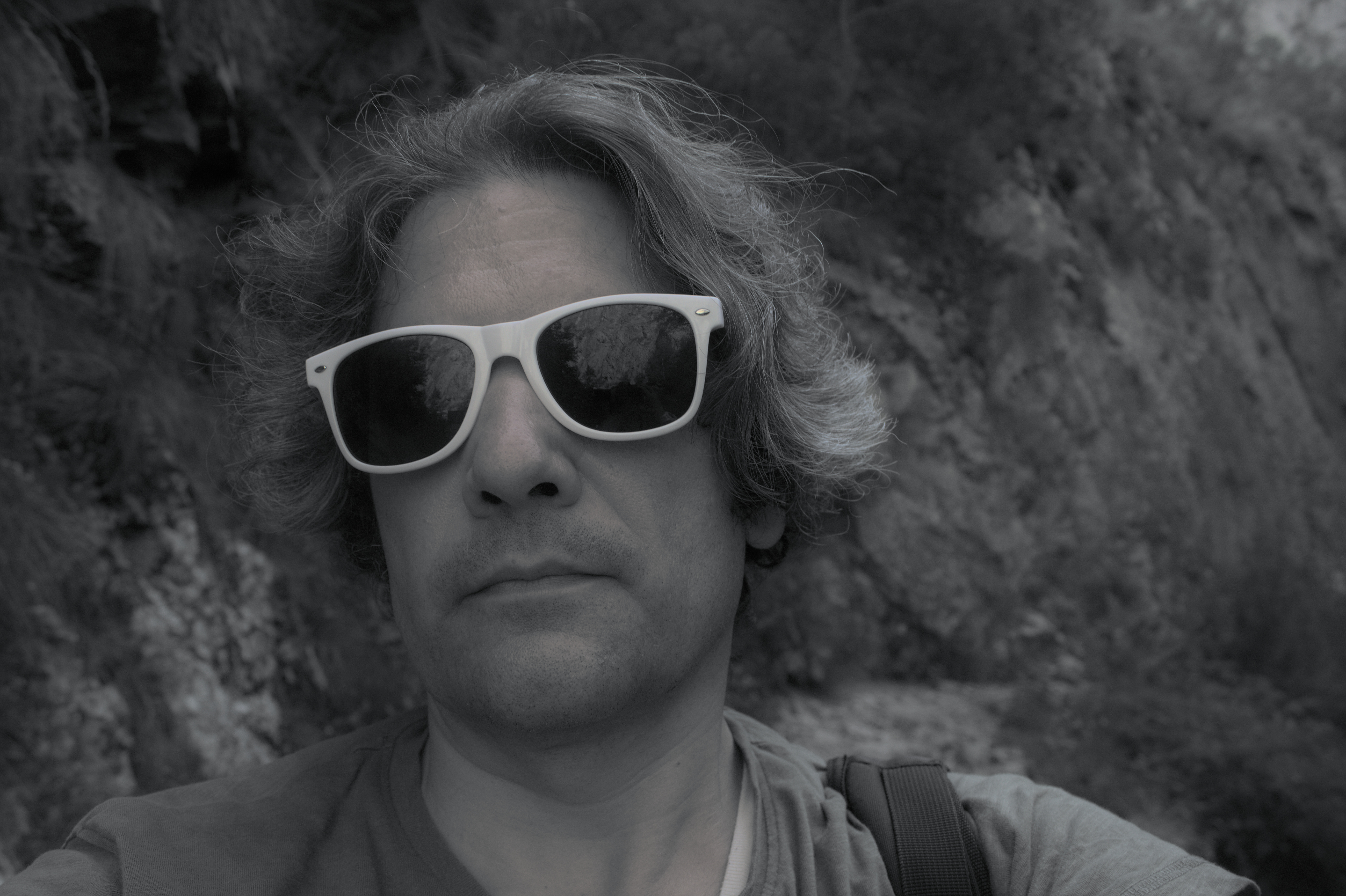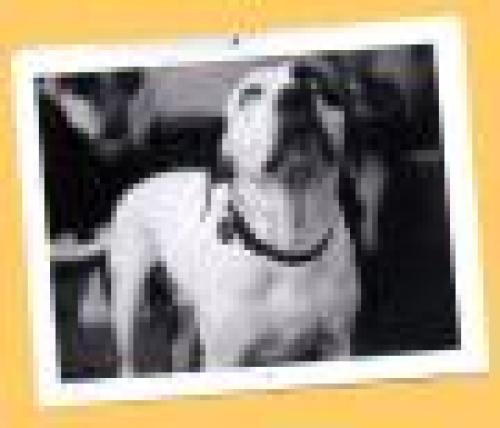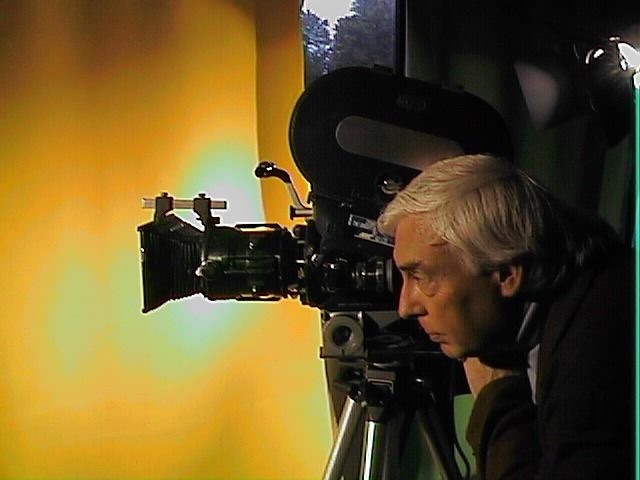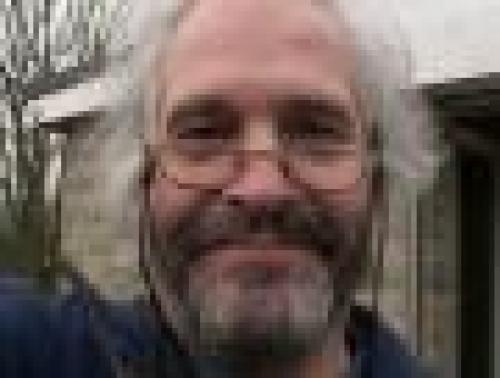ASK & DISCUSS
INDEXcamera measurements
12 years, 11 months ago - sally clack
could you help me to find out the correct camera mesurements for
medium close ups
wide shots
mid shots
Only members can post or respond to topics. LOGIN
Not a member of SP? JOIN or FIND OUT MORE
12 years, 11 months ago - Vasco de Sousa
These don't have mathematical answers.
A wide shot tends to be something that fits in more than three people.
A medium close up is between a medium shot and a close up. A close up is a head shot, or a head and shoulder shot of a person, or a shot of a thing, and a medium shot tends to be everything from a little above the head down to the waste. So a medium close up is inbetween that. Or, sometimes people say medium close up to mean head and shoulders.
Mid shots will probably mean from the waste up, but sometimes they are 3/4 shots, or Hollywood shots, from the middle of the thigh up to just above the head. But, in a battle, a wide shot may be seeing the whole battle, and a mid shot seeing a couple of people fighting.
12 years, 11 months ago - Dan Selakovich
Sally, what in the world are you asking? The distance between the film plane and the subject for various shots? "correct camera measurements?" There's no such thing. A CU with a 9.5mm lens puts the camera an inch from the actor's face, while a 80mm puts it a number of feet back. Is this the kind of thing you're asking about? Here in America, on-set terminology is different than MS, Wide, etc. If I said "give me a choker on character 'A'" that would mean a shot from the actor's throat to the top of his head. If I said "Cowboy" that is a shot that ends a little above the knee (where a cowboy's holster would end). The focal length of the lens has nothing to do with it.
12 years, 11 months ago - Franz von Habsburg FBKS MSc
You also need to learn about focal length which, combined with the stop, also controls depth of field. If you cannot find a simple book on the subject (and the same principles apply to stills cameras) join a local camera club and they will be more than willing to help you. The focal length determines the angle of view, so a wide angle lens ( eg 15mm) sees a wide angle, thus you get more in at a close distance whereas say a 75mm is a narrow angle so you'd have to pull back a long way to get as much in. The maths isn't difficult! Just draw some angles on a piece of paper and hold it so the point is towards you and you will see how much you get in. The angles you use are not hhe same for TV as for the cinema though. A close up (ie a head shot) is much more dramatic on a 40' screen whereas long shots on a TV screen lose a lot of detail. What and observe. And enjoy!
12 years, 11 months ago - Franz von Habsburg FBKS MSc
Sorry - meant WATCH and observe! Typo on iPhone !
12 years, 11 months ago - John Lubran
Unless one is filming on an antique film camera, the question is almost absurdly academic. For a cameraman in this modern digital age 'what you see', in terms of framing, latitude, focus and depth of field, 'is what you get'. In the old days before video assist and other contemporary technology the academic issues were of the essence, which is why light meters and tape measures were required for every shot, followed by that nervous wait for the daily conformation rushes back from the lab. It’s a wonderfully liberating and democratising feature of our new age that creative camerawork and much of the whole process of film making is much less dependent on arcane technical skills then it was just a few years ago. The reason that multitasking is making the job of presenting the end credits increasingly harder to define on many productions is down to the fact that the equipment skills part of the process are nowhere near as demanding as they were. Even here on shooters and definitely with organisations like BECTU, antediluvian job descriptions seem increasingly passé.
12 years, 11 months ago - Vasco de Sousa
If you want lens types, I'd use a 50mm for most medium close ups and most mid shots, a wide angle (35mm or shorter, perhaps a pancake 12mm) for eerie effect wide shots, a 100 millimeter for distant battle scenes, a 100 mm for some medium close ups and mid shots.
I'd only use a wide angle like a 15mm for some kind of effects shots, or if I was in a very crammed space and needed to get a lot in. When possible, use a 50mm lens and move the camera, unless there's a dramatic need to use another kind of lens (or space or other issues prevent it).




